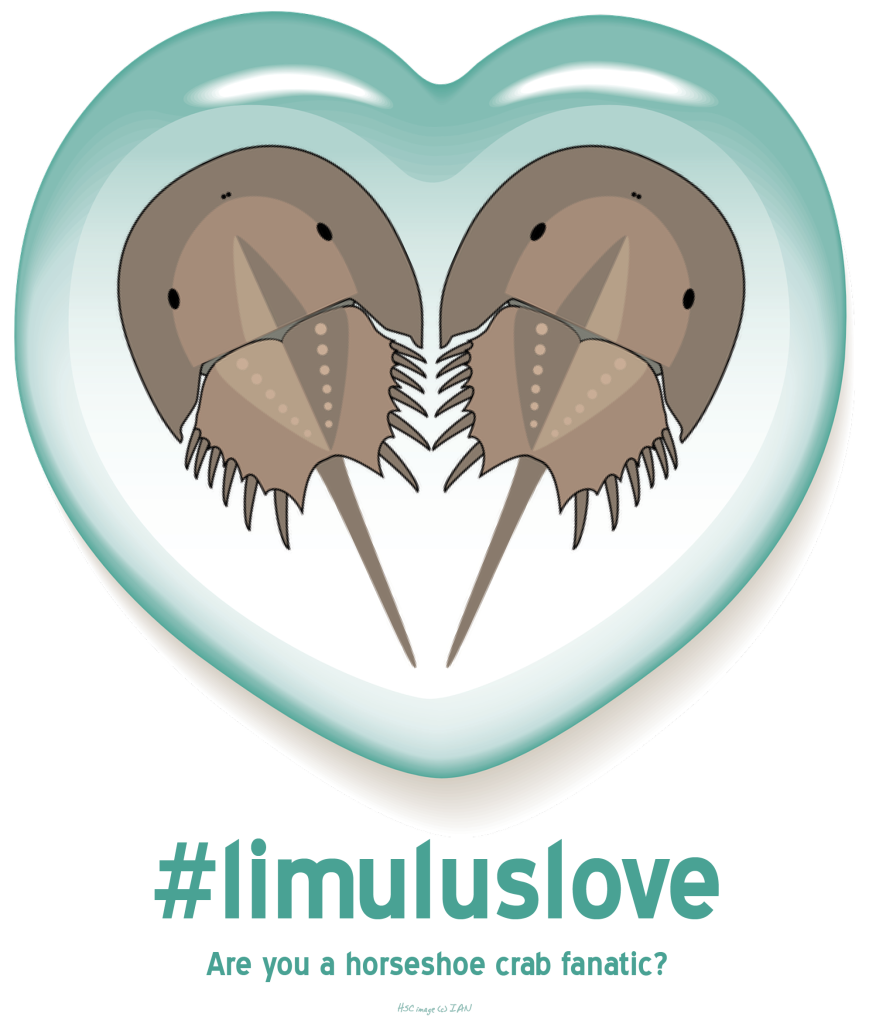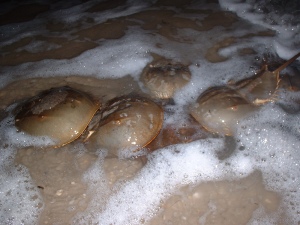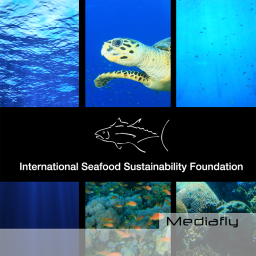It’s no secret that a picture speaks a thousands words. But, when you couple words and pictures (with numbers, arrows, charts, etc.) you get quite an impact. If you’re a regular reader of the BCS blog you already know I’m fond of infographics. So I decided to pull together the ones found on BCS, as well as other places. You’ll see this list follows the general themes found on BCS: marine science, water/ocean conservation, as well as connecting with nature. I hope you enjoy browsing and a special thanks to all the organizations that have produced these powerful resources. To check out the collective visual of most of these infographics please check out my EE, Ocean, & Water Conservation Infographics Pinterest board. Please email info@beachchairscientist.com or let me know on Twitter (@bcsanswers) if you have another one that could be added to the list.
- 5 reasons feeding of whale sharks should stop – Save Philippine Seas
- 10 ways to save water in your home – Good
- 10 places to see – Infographipedia
- 25 years of Shark Week – Leonly
- 50 Awesome facts about earth
- Acting green v. buying green – Inhabitat
- Anatomy of a bottom trawl – Oceana
- Atlantic bluefin tuna (Saving an ocean giant) – Pew Environment Group
- Atlantic horseshoe crab – Beach Chair Scientist
- Benefits of plants – Zabisco
- Benefits of recycling – Visual.ly
- Black market on bluefin tuna – Center for Public Integrity
- Boating accidents: The bad & the ugly – Gadling
- Carbon storage and coastal habitats – Ocean Health Index
- Challenger Deep – Visual News
- Children and nature – National Environmental Education Foundation
- Citizen science is blooming – National Environmental Education Foundation
- Collapsing seas – Reusethisbag.com
- Dangerous sharks of the Red Sea – Rian.eu
- Dangers of natural gas – One Block off the Grid
- Decline of fish populations in the last 50 years – Good
- Deepwater Horizon explained (video) – Visual World
- Do you know your seafood? – One World One Ocean
- Earth ages – USGS
- Earth Day – H&R Block
- Energy level threats from sea level rise – Surging Seas
- Energy-water collision – Union of Concerned Scientists
- Facts of fracking – Treehugger
- Global water crisis – Living Green Magazine
- GMOs: We have the right to know – Just Label It
- Great Barrier Reef – Go Green, Travel Green
- Green guilt – Call2Recycle
- Green electronics – National Resource Defense Council
- Highest, leaping sharks – Visual.ly
- How a landfill work – Reusethisbag.com
- How bikes can save us – Dailyinfographic.com
- How convenience is killing our planet by ArteIdeas
- How deep is the ocean? – Our Amazing Planet
- How does recycling work? – Transit Utopia
- How fresh is your seafood? – Oceana
- How long will it last? – Earth911.com
- How to choose the safest seafood – Visual.ly
- How much are you spending on water per gallon? – United By Blue
- How we are eating our way through the oceans – CFP Reform Watch
- Humpback whales – MauiWhaleWatchTours.com
- Humpback whale facts – The Daily Catch
- Hurricane Sandy vs. Hurricane Katrina – Huffington Post
- Is it really ‘green’? – Contract Services Group, Inc.
- Let’s explore the ocean – found on Ocean Wild Things
- Life of a water bottle – Visual.ly
- Low down on bottled water – Sustainable Energy Systems
- Marine debris poster – SeaGrant, et al
- Marine habitats – PlanetSave
- Ocean food shortage (Save menhaden) – Pew Environment Group
- Oceans: Our living resource – Humane Society of America
- Offshore drilling – Oceana
- Paper vs. plastic – Market Research
- Plastics Breakdown, The – One World One Ocean
- Polar bears in peril – Mother Nature News
- Pollutants entering the ocean – Living Green Magazine
- Pop science guide to birds – Mother Nature News
- Right whales – Kyle Bentle
- Recycling: The good, the better, the best – Reusethisbag.com
- Reduce your water footprint – Good
- Reuse, reduce, and relocate – My Move
- Save the Arctic – Greenpeace
- Seafood decision guide – National Geographic
- Sea turtles of the coral triangle – World Wildlife Fund
- Secret to a sound sea – Visual News
- Sharks count – Pew Environment Group
- Shipping noises and whales – Ocean Initiative
- STEM & our planet – National Environmental Education Foundation
- Suffocating the world with plastics – Living Green Magazine
- Tar Sands Standoff – Huffington Post
- Test your water IQ – Whole Living Daily
- Threats to wildlife – Ocean Conservancy
- Tips for a green home and yard – A Simply Good Life
- Trash and recycling trends – Round2, An Avnet Company
- Truth about water – Evergreen AES
- Truth about plastic – Reusethisbag.com
- Total water – Soulja Portfolio
- Toxicity of surfing – Adventure Journal
- Ugly journey of our trash – Project Aware
- Understanding carbon offsets – Good
- US of the Environment – Mother Nature News
- Water: Cooperation or competition – Visual.ly
- Water footprint of Americans – Nature Conservancy
- Whale shark – One World One Ocean
- Whaling is a big issue – Human Society International
- What is oceanography? – Sea Blog
- What is shark finning? – Wildaid
- What to eat this summer? – Good
- What we recycle – Live Science
- When sea levels attack – from Creative Data
- Where do plastic bottles end up? – United By Blue
- Who are the deepest divers in the sea? – Live Science
- Who’s been dumping in my ocean? – Marisys
- Why a four degree Celsius warmer world must be avoided – The Moral Mindfield
- Why don’t Americans recycle? – Good
- Why protect Antarctica’s ocean? – Antarctic Ocean Alliance
- Why the ocean? (video) – One World One Ocean
- Why you should care about water conservation – Mother Nature News
- Worldwide plastic bag ban – Reusethisbag.com
- World wetland destruction – So Fresh and So Green














What people are saying …